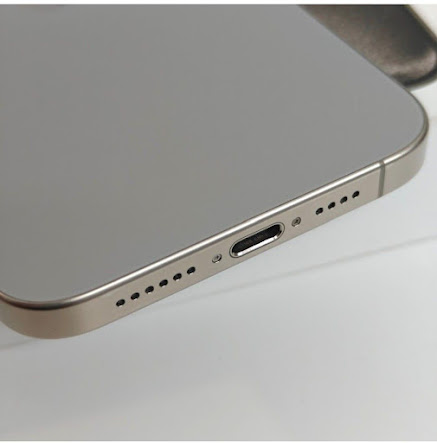How to Optimize Your MacBook's Performance
Your Mac is designed to provide increased robustness and performance. However, many bottlenecks might cause it to run slowly. The disk space may be insufficient, and there may be viruses or software issues. The goal of optimizing MacBook is to guarantee that you get the greatest results when using it. It increases the dependability, productivity, efficiency, and use of your computer. To boost efficiency, you should clean up the file system, update macOS, and uninstall any unneeded programs.
Why is your Mac operating slowly?
There are several reasons why your Mac may operate slowly. You may have too many applications or documents running in the background. It might be that your hard disk is full up, reducing the amount of space available for document retrieval and storing.
You might be dealing with a virus assault, and your computer may require a diagnostic and cleanup. It's possible you have too many documents saved on your desktop, or your program is out of date. A sluggish MacBook might also be caused by a lack of RAM space owing to unneeded applications.
One of the optimization steps is to eliminate macOS apps that you rarely use. It frees up space in the OS, allowing the software to run more smoothly and efficiently. There are various other techniques to optimize your Mac.
How to Optimize Your Mac
It is usual for your MacBook slowdown, but this should not prevent you from using the computer. Each reason of sluggish performance has a remedy, resulting in a high-performance Mac. It makes it easy to achieve your ecommerce marketing objectives and generate cash.
Clear away any programs that are no longer needed.
Apps you no longer use. Continue to use your computer's available space. Over time, you continue to add files and programs to your Mac. Some program continues to function in the background, consuming a significant amount of RAM. Your Mac eventually slows down, making it more difficult to operate. To free up additional space on your computer, remove any software you no longer require.
Your computer's hard disk stores file systems and documents. You might save your CVs and cover letters to assist you find work. You might save design efforts, research, studies, and much more. Some documents, such as music and video folders, require a lot more space. When you see that your files are piling up quickly, make a plan to clear them. This might slow down your machine.
Run a macOS system update.
Apple delivers the most recent upgrades to its various applications, including macOS. Each update increases the system's performance. It addresses a wide range of bug concerns and obstacles that the operating system may face. Virus assaults are more likely to occur on an older operating system. Running updates on a regular basis allows your macOS to run optimally.
When you remove a document, file, or application, it is moved to the Trash. This folder takes up space in RAM and serves as temporary storage. It gradually becomes full, limiting the number of processes on the CPU, hard drive, and RAM. It impairs your ability to provide and receive comments, as well as create connections online. This might have an impact on your emotional intelligence and productivity at work. To keep the trash can clean, open and empty it on a regular basis.
When you remove a document, file, or application, it is moved to the Trash. This folder takes up space in RAM and serves as temporary storage. It gradually becomes full, limiting the number of processes on the CPU, hard drive, and RAM. It impairs your ability to provide and receive comments, as well as create connections online. This might have an impact on your emotional intelligence and productivity at work. To keep the trash can clean, open and empty it on a regular basis.
Clean the downloads folder.
The downloads folder on your MacBook is another function that might cause your machine to slow down. If you often download files and documents, your downloads folder will fill up quickly. If you do not empty it, your Mac will slow down sooner. Clean your downloads folder every few days.
Your MacBook may be sluggish because there are too many startup applications active. It might be sluggish because an application isn't responding. The OS may have failed to start properly and malfunctioned. Restarting your Mac causes all programs to shut and restart from scratch. It can solve the problem instantly.
There are several reasons why your MacBook may operate slowly. You may improve it by clearing out unneeded programs, storage, RAM, and macOS. It improves the performance of your computer, your productivity, and your working environment. One of the quickest treatments is to restart your computer, which will shut down any programs and files that are operating in the background.




Comments
Post a Comment